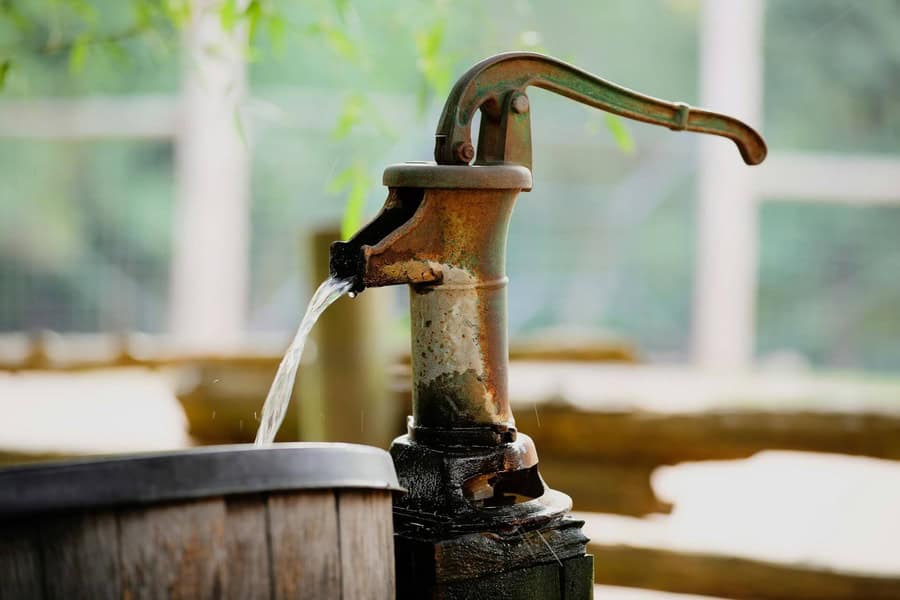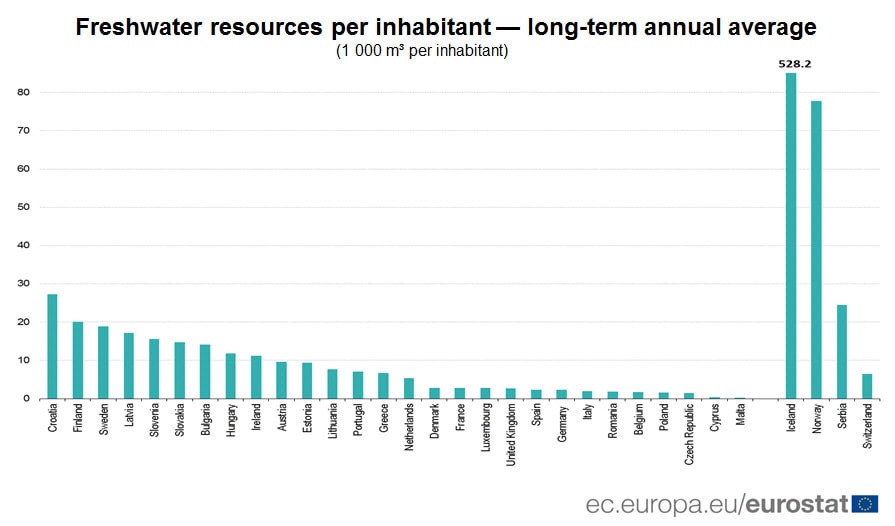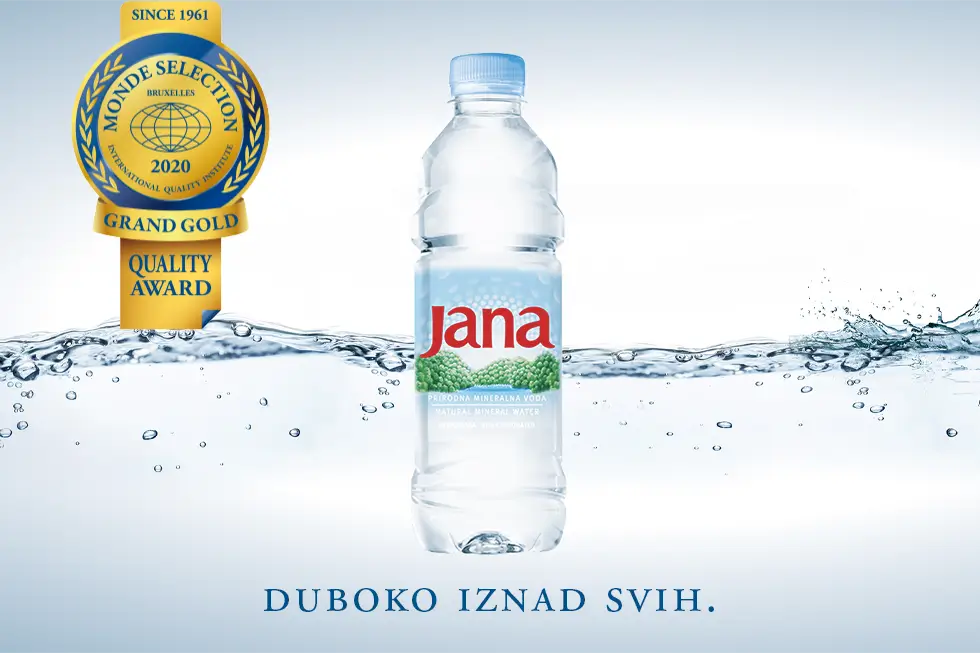When planning your trip to Croatia, one of the questions you might ask is, “Can you drink the water in Croatia?” Understanding the safety and quality of drinking water in Croatia is essential for your health and travel experience.
This guide will provide you with everything you need to know about drinking water in Croatia, including the quality, safety, and tips for staying hydrated during your trip.
Is the Tap Water in Croatia Safe to Drink?
Yes, the tap water in Croatia is safe to drink. Croatia boasts some of the cleanest and safest tap water in Europe. The country’s water supply is primarily sourced from natural springs and underground aquifers, ensuring high-quality drinking water that meets strict European Union standards.
The tap water in Croatia is routinely tested for quality and safety, ensuring it’s free from harmful contaminants. Whether you’re staying in a hotel in Dubrovnik, renting an apartment in Split, or camping in the countryside, you can confidently drink tap water throughout the country.
There’s one interesting story about it. When I first started working as a travel guide, I was surprised that one of the most common questions people would ask me was “Is it safe to drink tap water in Croatia?”.
Naturally, as someone who was born and raised in Croatia, I got used to drinking tap water without even thinking about it. I thought it was like that anywhere in the world, don’t blame me, I was still a child!
In the EU, Croatia has the highest volume of freshwater resources (with a long-term average of 27 330 m³ per inhabitant). Finland and Sweden had the next highest volumes at around 20 000 m³ according to Eurostat.
Water Quality Across Croatia
Croatia’s water quality is relatively consistent across the country, but there are some regional differences due to the country’s diverse geography. Here’s a rough breakdown of water quality in different parts of Croatia:
- Coastal Regions: The tap water in coastal cities like Dubrovnik, Split, and Zadar is exceptionally clean, with a fresh taste. This water is sourced from nearby springs and rivers. The highest percentage of water in this region comes from the Cetina River and the Jadro River.
- Inland Regions: In areas like Zagreb and Karlovac, the water is also very high quality, often sourced from mountain springs. This water is rich in minerals, contributing to its crisp, refreshing taste.
- Island Regions: Even on Croatia’s many islands, such as Hvar, Brač, and Korčula, the tap water remains safe to drink. The water here is usually supplied from mainland sources or desalination plants, ensuring it meets safety standards. Interestingly, Hvar Island is getting water from the mainland (Cetina River), but that water is being mixed with the water that is coming from Hvar’s own water springs. The primary spring on Hvar Island is called “Libora”, and it “produces” around 40 liters of water per second.
Bottled Water vs. Tap Water in Croatia
While tap water is safe to drink in Croatia, bottled water is also widely available for those who prefer it. Supermarkets, convenience stores, and kiosks across the country stock various brands of bottled water, both still and sparkling. Some travelers opt for bottled water due to personal preference, taste, or convenience when on the go.
However, if you’re environmentally conscious or looking to save money, there’s no need to buy bottled water when tap water is just as safe and delicious. Carrying a reusable water bottle is a great way to stay hydrated and reduce plastic waste during your travels.
Tips for Drinking Water in Croatia
To ensure a pleasant and safe experience with drinking water in Croatia, consider the following tips:
- Stay Hydrated: Croatia’s warm Mediterranean climate, especially in the summer, can be dehydrating. Make sure to drink plenty of water throughout the day, whether you’re exploring historic sites, hiking, or lounging on the beach.
- Use a Reusable Bottle: Bringing a reusable water bottle not only helps the environment but also makes it easy to refill and stay hydrated. Public fountains and taps in Croatia often provide refreshing, cool water perfect for filling up.
- Ask Locals: If you’re ever in doubt about the water quality in a particular area, don’t hesitate to ask locals or your accommodation host. They can provide up-to-date information and advice.
- Avoid Ice in Remote Areas: While tap water is safe in most places, in very remote areas or rural regions where you’re unsure about water sources, you might want to avoid ice in your drinks, as it may not always be made from treated water.
Conclusion: Enjoying Croatia’s Pure Water
So, can you drink the water in Croatia? Absolutely! The water quality across the country is excellent, providing safe and refreshing hydration for locals and travelers alike. Whether you’re sipping from a mountain spring or filling up your bottle at a public fountain, you can enjoy some of the cleanest tap water in Europe during your Croatian adventure.
By understanding the safety and quality of drinking water in Croatia, you can focus on enjoying your trip, exploring the stunning landscapes, and immersing yourself in the vibrant culture without any worries about your water supply.



